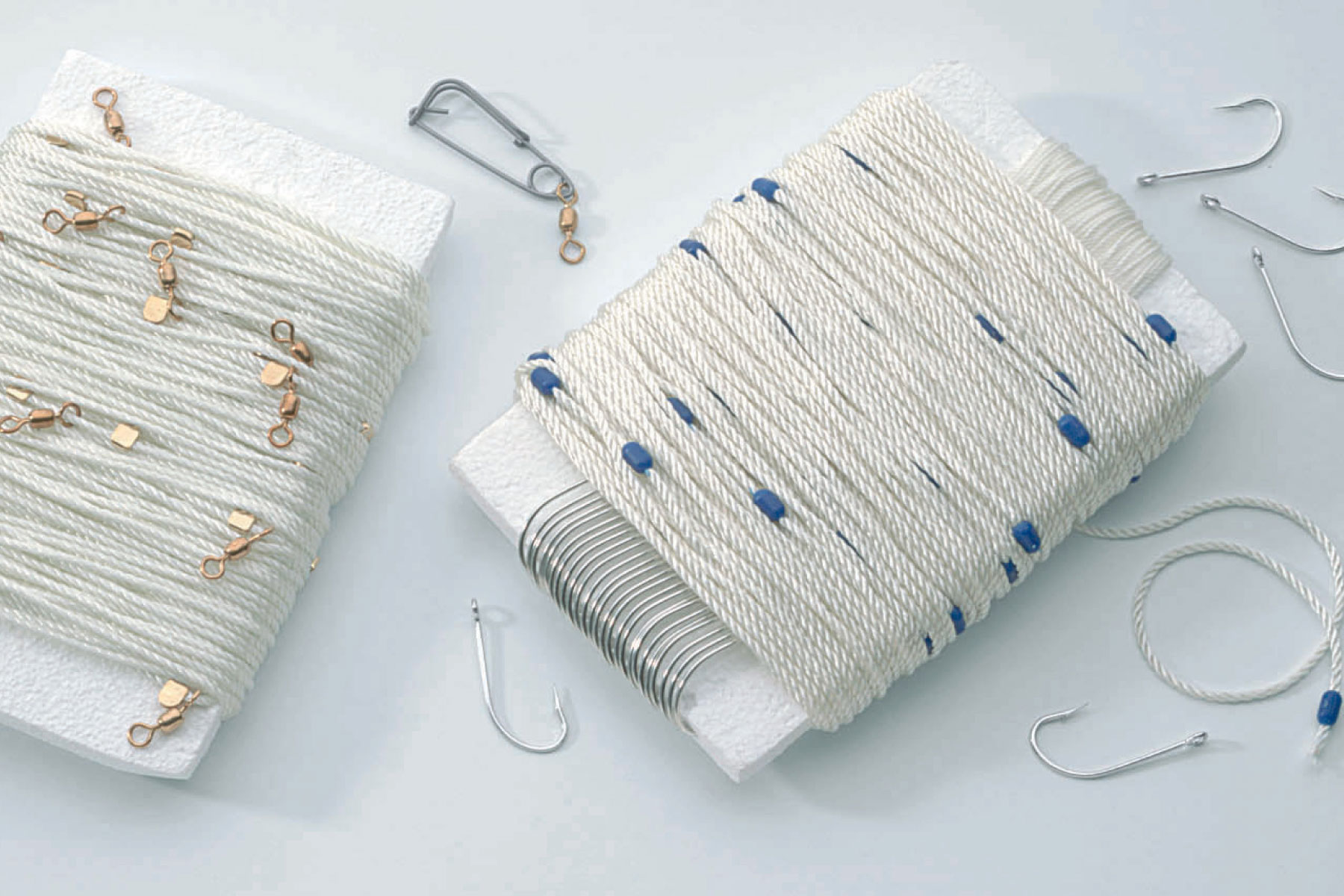There’s fresh seafood, and then there’s really fresh seafood. The taste is noticeably more delicious when seafood comes directly to market from the commercial fishing boat. If you boat in coastal areas, there is another way to get your fresh seafood fix. Impress yourself and dinner guests by proclaiming it was you that harvested that succulent bowl of steamed clams, savory broiled lobster or piquant crab cakes.
What you might not know is harvesting shellfish, lobster and crab is not just limited to commercial fishing. There are seasons open for taking seafood by recreational anglers. All it takes is a special permit and following the regulations. Be sure to check your state marine conservation agency before getting started. There are specific regulations about open areas, length and bag limits and even approved techniques and tackle.
Tasty food-to-table seafood is one great aspect of this do-it-yourself activity. Even better, this sport adds new, fun dimensions to your coastal boating adventures. You can share the activities with family and friends, and then plan a dinner party around the catch. And of course, you go home with really fresh seafood without paying for it.
Here are ideas for what you might put on the menu.
Why do it: The great thing about clamming is they are always biting and they will not get away! Clamming tops our list for summertime fun for non-rod-and-reel angling. You are standing in calm, shallow water, so it’s cooling when the weather is hot. Your brain can remain idle, because it does not take any special skills or tackle. Plus, clamming is a social activity that can be enjoyed with family and friends. What’s not to like about clamming? Nothing! You even get to leave with a bucket of shellfish for a chowder, or for icing down and enjoying raw on the half shell.
What you need: Mostly just a rake and bucket. Plastic buckets are okay, but they can tip over and drift away. A wire basket is better, complete with floats around the rim and a lanyard for looping around the wrist. You will need a clam rake, like the Eagle Claw Clam Rake, which has a basket for picking up the clams as you rake along the bottom. Put the teeth into the sand and push or pull until you feel the rake catch on a clam’s shell. Bring to the surface and add your catch to the bucket. Beyond those basics, add a pair of old canvas sneakers or plastic clogs. Flip flops are out, because the sand and mud will slurp them off your feet as you walk. Also, keep your permit with you at all times. Slip it into a food storage bag and keep it inside your swimsuit pocket. In some areas you can hire a charter boat captain who specializes in clamming. That’s a good alternative if you just want to give clamming a try without investing in all the gear.
Where to go: Low tide is best for clamming, and do it in shallow ponds near the shoreline. The sweet spots are along the edges of seagrass.
Why do it: For the taste, of course! Lobster is the ultimate seafood delicacy and a crowd pleaser at any dinner party. And you can’t beat the full view of the ocean life below the waterline. Be on the lookout for colorful reef fish and enjoy the view of coral formations and other unique bottom features.
What you need: What you don’t need are expensive and bulky lobster traps. We’ll focus on what you need for harvesting spiny lobster, which are the most popular throughout Florida. If you are scuba certified and have the gear, you’re already set. If not, you can catch lobster using snorkel gear. Beyond the snorkel, fins and mask, the basic necessities include Kevlar gloves, a catch net, lobster measuring gauge and tickle stick. You put the tickle stick into a hole and tap the lobster on the backside to flush it out.
Where to go: Spiny lobsters hide under rocks, ledges, bridge pilings, coral outcroppings and holes. Generally, the most ideal areas are shaded. Before the season begins, you can scout such areas using your fishfinding electronics and mark potential areas using GPS waypoints.
Why do it: No experience is necessary, and little effort is required to make it fun. You have a lot of cooking options. You can make crab cakes, dips and salads—or hold what makes crabbing most rewarding, the crab boil!
What you need: You can go set out crab pots or go “chicken necking.” All it takes are 15- to 18-foot lengths of medium weight cotton or nylon string, 1-oz. weights and a pack of chicken necks. Tie the weight to one end of the string, and above that, the chicken necks. Crabbing is best at low tide. Throw the baited end of the rig into the shallows and tie the string to the boat. When you feel a nibble or when the line is pulled tight, gently and slowly pull the line out. With the crab near the boat, scoop it up with a dip net and drop inside the cooler.
Where to go: Blue crab are the most common and are found in coastal lagoons and estuaries from Canada southward and into the entirety of the Gulf of Mexico. There, you will also find stone crab and northward to the coastal Carolinas and Virginia. The buoys of crab pots are a tipoff that an area is productive for crabbing.


